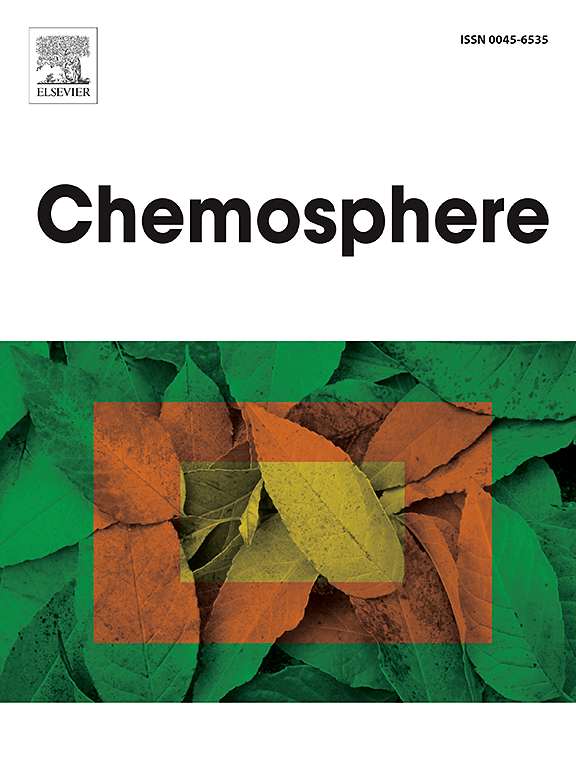Liquid phase persulfate-based oxidation for the treatment of a toluene waste gas stream – Parametric study
IF 8.1
2区 环境科学与生态学
Q1 ENVIRONMENTAL SCIENCES
引用次数: 0
Abstract
This study aimed to assess the degradation and mineralization of the toluene present in a gas stream by application of a liquid phase persulfate-based advanced oxidation process in a bubble column reactor. Up to the authors' knowledge, this is the first time where the oxidizing agent has been activated through the presence of transition metal ions and pH change, to treat a toluene-containing gas stream. A detailed parametric study was performed, with the objective of analyzing the effect of some of the main operating variables in the process performance, varying parameters such as catalyst concentration (from 0 to 0.27 g/L of Fe2+), oxidizing agent dosage (0.80 - 2.40 g/L of S2O82−) and initial pH (from 2.0 to 6.8). The best treatment performance was achieved for the following operating conditions: [Fe2+] = 0.20 g/L, [S2O82−] = 1.70 g/L and initial pH = 3.0, with the process being extended for 6 h before saturation of the liquid with toluene. Under these conditions, the toluene transferred from the gaseous effluent to the liquid phase, wherein it was then degraded by the radicals, reached a value of 7.8 x 10−2 mol/L, showing an improvement of 13 times when compared with toluene solubility in water; still, it was found that under the optimum acidic conditions, sulfate radicals have a higher contribution than hydroxyl radicals for the oxidative process. Finally, it was evidenced that the amount of toluene transferred almost duplicated when compared to other studies reported in the literature that applied Fenton's reaction to degrade toluene.

求助全文
约1分钟内获得全文
求助全文
来源期刊

Chemosphere
环境科学-环境科学
CiteScore
15.80
自引率
8.00%
发文量
4975
审稿时长
3.4 months
期刊介绍:
Chemosphere, being an international multidisciplinary journal, is dedicated to publishing original communications and review articles on chemicals in the environment. The scope covers a wide range of topics, including the identification, quantification, behavior, fate, toxicology, treatment, and remediation of chemicals in the bio-, hydro-, litho-, and atmosphere, ensuring the broad dissemination of research in this field.
 求助内容:
求助内容: 应助结果提醒方式:
应助结果提醒方式:


